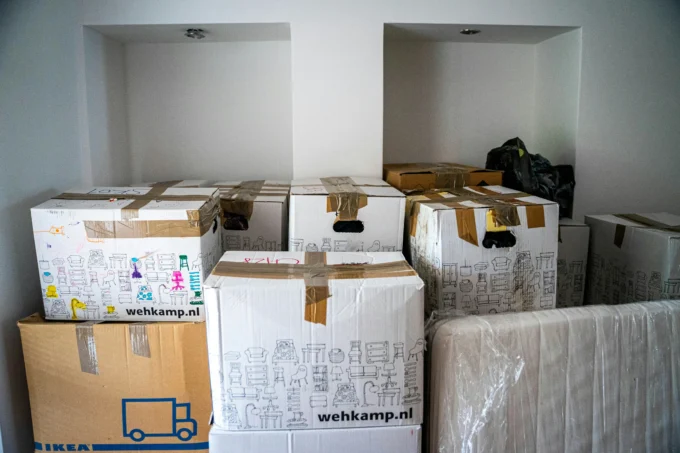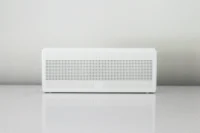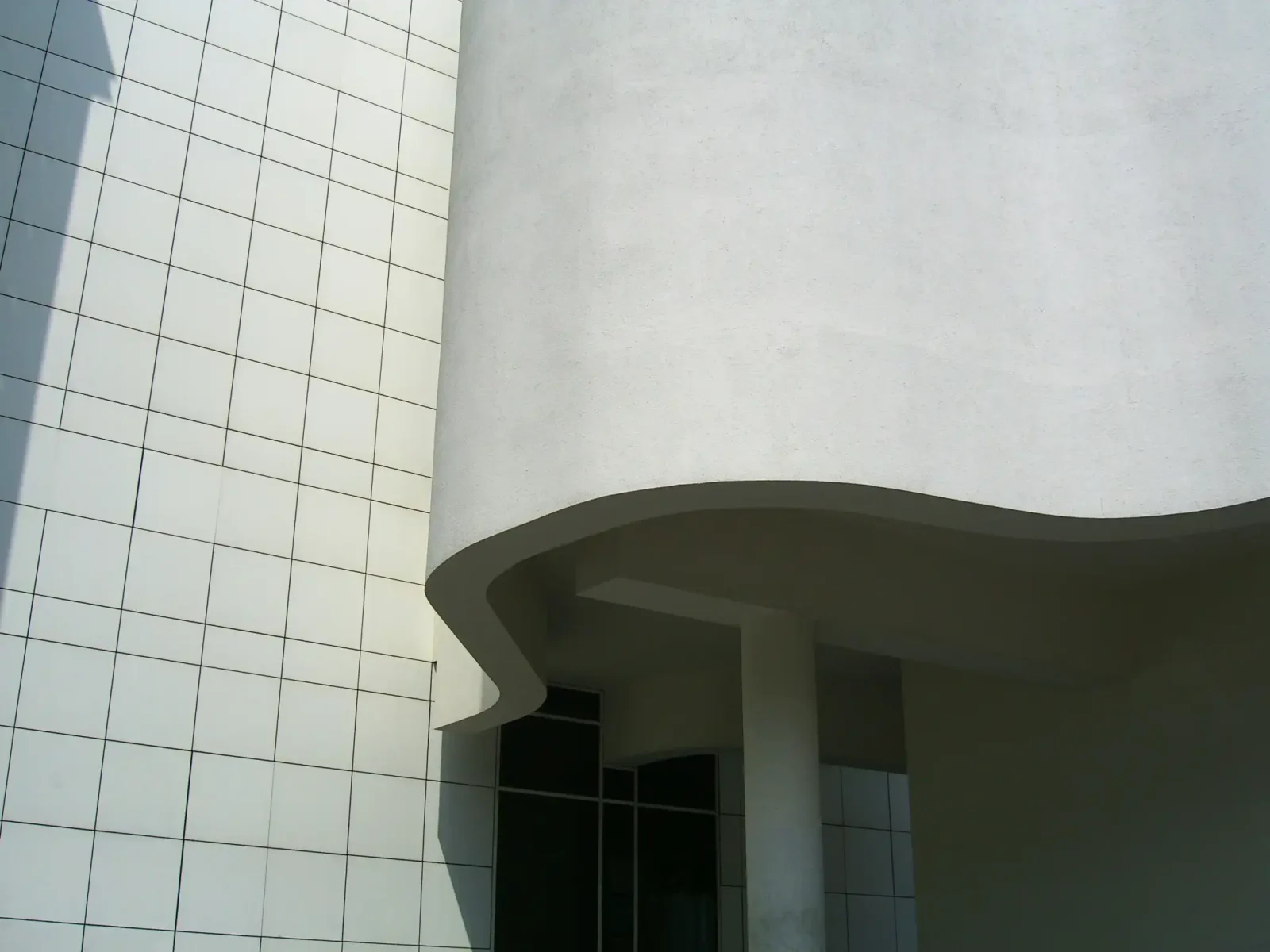- Home
- Articles
- Architectural Portfolio
- Architectral Presentation
- Inspirational Stories
- Architecture News
- Visualization
- BIM Industry
- Facade Design
- Parametric Design
- Career
- Landscape Architecture
- Construction
- Artificial Intelligence
- Sketching
- Design Softwares
- Diagrams
- Writing
- Architectural Tips
- Sustainability
- Courses
- Concept
- Technology
- History & Heritage
- Future of Architecture
- Guides & How-To
- Art & Culture
- Projects
- Interior Design
- Competitions
- Jobs
- Store
- Tools
- More
- Home
- Articles
- Architectural Portfolio
- Architectral Presentation
- Inspirational Stories
- Architecture News
- Visualization
- BIM Industry
- Facade Design
- Parametric Design
- Career
- Landscape Architecture
- Construction
- Artificial Intelligence
- Sketching
- Design Softwares
- Diagrams
- Writing
- Architectural Tips
- Sustainability
- Courses
- Concept
- Technology
- History & Heritage
- Future of Architecture
- Guides & How-To
- Art & Culture
- Projects
- Interior Design
- Competitions
- Jobs
- Store
- Tools
- More
Hidden Infrastructure That Keeps Commercial Spaces Thriving

Commercial spaces often impress visitors through architecture, décor, and design, but what truly sustains their operations lies beneath the surface. The unseen infrastructure within these environments quietly ensures safety, comfort, and productivity. From energy management systems to network cabling, these important elements maintain the flow of daily activity.
Without them, even the most striking buildings would struggle to function efficiently. Understanding the hidden layers behind commercial spaces sheds light on the systems that power, protect, and sustain modern workplaces and retail environments.
Table of Contents
ToggleElectrical and Power Management Systems
Every commercial space relies on a robust electrical backbone to operate lighting, machinery, computers, and climate systems. The complexity of these networks goes far beyond visible outlets and switches. Power management panels, transformers, and circuit breakers often reside in restricted areas, quietly distributing electricity where it’s needed.
Many facilities now use smart grids that monitor energy usage in real time, allowing property managers to reduce waste and anticipate maintenance issues. Backup generators and uninterruptible power supplies protect against outages that could halt operations.

Plumbing and Water Management Networks
Water systems in commercial buildings must handle significant demand for restrooms, kitchens, and maintenance operations. Beneath floors and behind walls, as seen on www.duratrench.com, extensive pipe networks transport clean water in and carry waste out. In large facilities, water pressure regulators, filtration systems, and leak detection technology maintain reliability and hygiene.
Commercial plumbing requires more frequent monitoring than residential systems due to higher usage and safety standards. Drainage systems and stormwater controls prevent flooding and damage during heavy rainfall.
Heating, Ventilation, and Air Conditioning (HVAC)
Temperature control and air quality play a decisive role in how comfortable and functional a commercial space remains. HVAC systems operate out of sight, hidden in basements, ceilings, or rooftops, but they influence everything from employee health to equipment performance. Ductwork, chillers, and air filtration units constantly regulate indoor conditions, responding to seasonal shifts and occupancy changes.
Modern systems use sensors and automated controls to balance energy use with comfort, contributing to sustainability and operational efficiency. The quiet hum of a well-maintained HVAC network ensures that work environments remain productive throughout the year.
Data Cabling and Communication Systems
Modern business operations rely heavily on connectivity, and behind every computer, phone, and security camera lies a maze of structured cabling. These systems support internet access, telecommunication networks, and smart building technologies. Fiber-optic cables and routers enable instant data exchange, while server rooms store and manage digital information critical to productivity.
The placement and organization of these systems require meticulous planning to prevent interference and signal loss. Reliable communication infrastructure allows companies to collaborate seamlessly and ensures that digital transactions, cloud-based tools, and remote monitoring remain dependable.
Fire Protection and Safety Systems
Safety measures embedded into commercial properties protect people and assets. Fire suppression systems, sprinklers, alarms, and emergency lighting form a synchronized network designed to detect and control hazards before they spread. Smoke detectors and heat sensors work continuously, often integrated into building management systems that alert staff or emergency responders at the first sign of trouble.
In large buildings, fire-rated doors and ventilation controls help contain smoke and flames to designated zones. Routine testing and compliance checks ensure these invisible safeguards remain ready at all times. Their quiet presence provides peace of mind for employees and visitors.
Waste and Environmental Control Systems
Managing waste and environmental impact has become a major focus in commercial infrastructure. Hidden beneath loading docks or utility areas, waste compaction units, recycling sorters, and air filtration systems reduce pollution and improve sustainability. Many facilities now use underground waste conduits or vacuum systems to transport refuse efficiently without disrupting public areas.

Wastewater treatment setups filter contaminants before release, supporting environmental regulations and corporate responsibility efforts. These behind-the-scenes processes maintain cleanliness and reflect a growing commitment to eco-friendly operations that benefit business efficiency and the surrounding community.
Building Automation and Monitoring Systems
The integration of automated controls has transformed how facilities operate. Building management systems monitor lighting, temperature, air quality, and security from a central hub, allowing property managers to adjust conditions remotely. Sensors track occupancy, energy usage, and maintenance needs in real time.
Predictive analytics can identify potential issues before they cause downtime, improving efficiency and cost control. These networks of devices and software connect all other systems, creating a unified ecosystem that responds dynamically to the needs of occupants.
The hidden infrastructure supporting commercial spaces forms a complex but coordinated network that ensures seamless function. Each component contributes to a safe and productive environment, from energy systems to automation networks.
These systems often go unnoticed, but their role is indispensable in keeping workplaces, retail centers, and industrial facilities thriving. Acknowledging the unseen architecture behind the scenes deepens appreciation for the engineering and planning that make modern commercial life possible.
illustrarch is your daily dose of architecture. Leading community designed for all lovers of illustration and #drawing.
Submit your architectural projects
Follow these steps for submission your project. Submission FormLatest Posts
The Ultimate Guide to Fencing in North Dakota: Choosing the Best Fence for Your Property
Watching a chain link fence twist in 70 mph winds near Minot...
Gaudí: Where Architecture Meets Science
Gaudí: Where Architecture Meets Science shows catenary arches, ruled surfaces, and biomimicry...
How Housing Market Forces Shape Architectural Design Today
Architecture never exists in isolation. Buildings rise from a mix of ambition,...
Why Portable Formaldehyde Gas Detectors Matter on Construction Sites
As construction practices shift toward more enclosed and material-intensive environments, the risk...












Leave a comment